|
Today I'd like to talk about the various fabric choices for the Maritza Sports Bra. While I designed the style to be a supportive bra, the fabric makes a huge impact on whether the breasts are supported or just covered.
2 Comments
I love sewing panties from cotton/spandex jersey, so of course I made myself a matching bralette. I was a bit disappointed when I tried it on and found that the support was not very good. For a moment I was confused, because the sports bras I have been wearing for years are cotton/spandex and seemed to be supportive enough. But I realized that the sports bras I wear depend on compression for support, which is not the case for this style. Cotton/spandex jersey is widely available in solid colors; I had a hard time finding nice prints in my price range, but spoonflower is a good option. It comes in a wide range of weights and spandex contents. For sewing panties, I have used cotton/spandex ranging in weight from 150 gms/m2 (that's grams per square meter) up to 240 gms/m2. Content can range from 95/5 to 90/10. The fabric used in the bralette pictured above has been in my stash for quite some time and I have lost the exact fabric information, but I believe it is 95/5 and around 200 gms/m2. As far as stretch goes, the cotton/spandex fabrics in my stash range from 80-100% crosswise stretch and 50-70% lengthwise stretch. Recovery (the ability to snap back to the original width) varies, usually with the lighter weight and less spandex fabrics having less recovery than the heavier fabrics with more spandex. Pros:Cotton/spandex jersey is one of the few natural and breathable fibers suitable for bramaking. It is easy to find both in chain retail stores and online. With a dull surface and crisp hand, it is very easy to work with, as it is not at all slippery. Cons:Lighter weight cotton/spandex jerseys do not provide a lot of support, but would make a good sleep or lounge bra. Heavier weight cotton/spandex jerseys would provide more support, but have a more stiff hand that is not very soft. Cotton in general is very comfortable to wear in hot/humid weather, but once it becomes wet it takes a long time to dry. Athletic wicking knits are a rather broad category of poly/spandex knits designed to wick moisture away from the body. Very popuar for sewing activewear, these athletic knits come in a variety of weights and fiber contents. I will admit I have not yet sewn myself activewear pieces, so my knowledge of these fabrics is limited to this particular one I used. This space dyed wicking fabric from Spandex World is a medium weight 88/12 poly spandex blend with 60% stretch both lengthwise and crosswise. While it does have a high spandex content, I did not find this fabric to be very supportive. It just doesn't quite "snap" back into place the way milliskin does. However, if you wish to make a sports bra to match a pair of leggings, the support can be improved with the use of a bust sling, and perhaps a firmer lining. Pros:Wicks away moisture from the body, so this is a good option for sports bras. Athletic knits are widely available for making activewear. Cons:Not a lot of support. I first heard of milliskin when I bought the Watson Bra pattern and saw it on the recommended fabric list. I hadn't seen it before and wasn't sure where to get it, so I use other fabrics. Eventually I ordered some from Spandex World, and I'm so glad I did! Out of all the fabrics I have used for my Iris Bralette, I think this one is the nicest to wear. Milliskin is a medium weight, 80/20 nylon/spandex blend fabric. Available in a wide range of solid colors, and matte or shiny finishes. Both versions shown above, in the Iris Bralette, have 50% crosswise stretch and 30% lengthwise stretch. Pros:Thanks to the high amount of spandex (20%) this fabric has excellent recovery, so while it has a high amount of stretch it snaps back to it's original size and provides a good amount of support. The surface is very smooth, and it wears well under clothing. I found it comfortable to wear, even it hot and humid weather. Cons:It seemed like this fabric shifted around both during cutting and sewing. Also, it seemed to pucker a lot which I think was due to it being a very dense knit. I probably should have changed to a different needle, but I stuck it out with my usual ball point .90/14. A walking foot would have probably been a good idea too. Glissenette is a sheer nylon/spandex fabric usually used in skating costumes. This is another unconventional fabric for bra-making that I wanted to experiment with. Glissenette is very lightweight, available in a wide range of colors, and both shiny and matte finishes. This fabric is different from the others that I typically work with in that is has much more lengthwise stretch than crosswise stretch. Beige fabric shown above has a shiny, shimmery finish. It is 90/10 nylon/spandex and has 60% lengthwise stretch, and 10% crosswise stretch. Pink fabrics shown above has a matte finish. It is 90/10 nylon/spandex and has 70% lengthwise stretch and 20% crosswise stretch. Pros:if you are looking for a sheer fabric with a smoother surface than lace or stretch mesh, this is it! While it is lightweight, the relatively high amount of spandex (10%) gives bralettes in this fabric medium support. Cons:I found this fabric to snag easily. Be sure to use very sharp scissors and a new rotary blade when cutting your pattern pieces. Thin sharp pins are also a must. The same fabric used in sports jerseys and shorts, athletic net is a poly or poly/spandex knit with teardrop-shaped holes. The non-stretch version, shown above in blue is 100% poly, and has 30% crosswise mechanical stretch and 15% lengthwise mechanical stretch. The surface is very smooth and shiny. The stretch version, shown above in black, is 90/10 poly/spandex, and has 50% crosswise stretch and 30% lengthwise stretch. The surface is smooth, but not as shiny as the blue version. I made my very first Iris Bralette prototype out of the black athletic mesh, and it was purely an experiment to see what I could do with this fabric. It was part of a grab bag, and since I'm not really a sportswoman, I wasn't sure what to do with it. I was very surprised with the results, and found the bralette very comfortable with about medium support. Pros:Atheltic net creates a very sporty bra or bralette, if feminine fabrics aren't your thing. The surface is very smooth to wear under clothing. The holes in the mesh provided air circulation, which was much appreciated in the hot summer weather. Cons:Once the fabric became damp with sweat, it didn't dry out on the body, so this could be a problem in very humid weather or if the bralette is worn for exercising. Scuba knit (also called Techno Scuba) and Liverpool are medium weight poly/spandex blend knits available in a wide range of solids and prints. Scuba knit is a lofty double knit with about 25-40% crosswise stretch, and 20-30% lengthwise stretch. Due to the poly being finely spun, the fabric surface is very smooth with a hint of sheen. Liverpool is also a lofty double knit fabric with similar fiber content and stretch as scuba. However the surface of the fabric has a crepe-like texture. Pros:I like both of the these fabrics for bra-making because they have a low stretch, which helps create some support. The thickness is appealing if nipple show-through is a concern. The smooth surface of scuba makes it comfortable to wear under clothing. If you like to make bras and bralettes with printed fabrics, scuba and liverpool are great choices Cons:Due to the low stretch percentage, scuba and liverpool bralettes without a back closure could be difficult to pull over the head. Polyester does not breathe well, so these fabrics could become uncomfortable in a hot and/or humid environment. |
CassieI design lingerie sewing patterns for everyday comfort and feminine style in an inclusive size range. Fill up your underwear drawer with beautiful custom-made bras and panties in your favorite fabrics and trims, designed to fit your body. Categories
All
Archives
February 2024
|

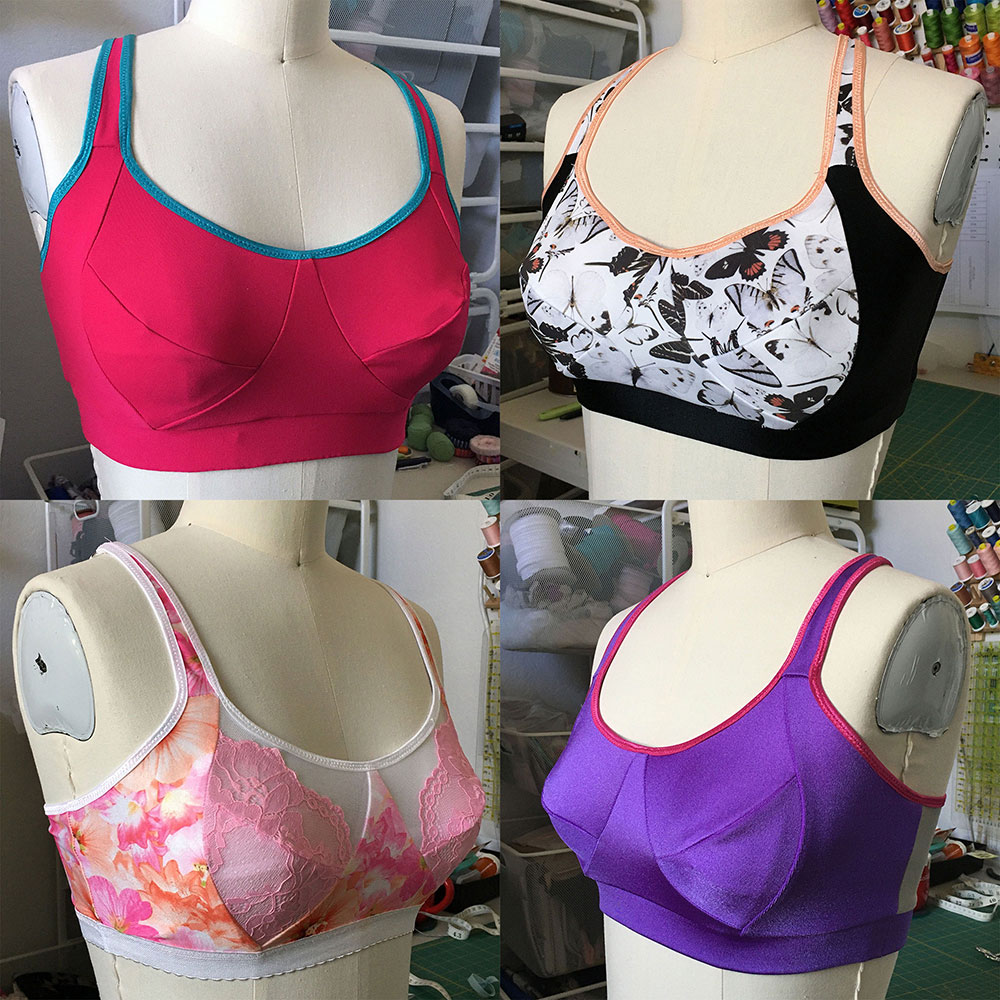
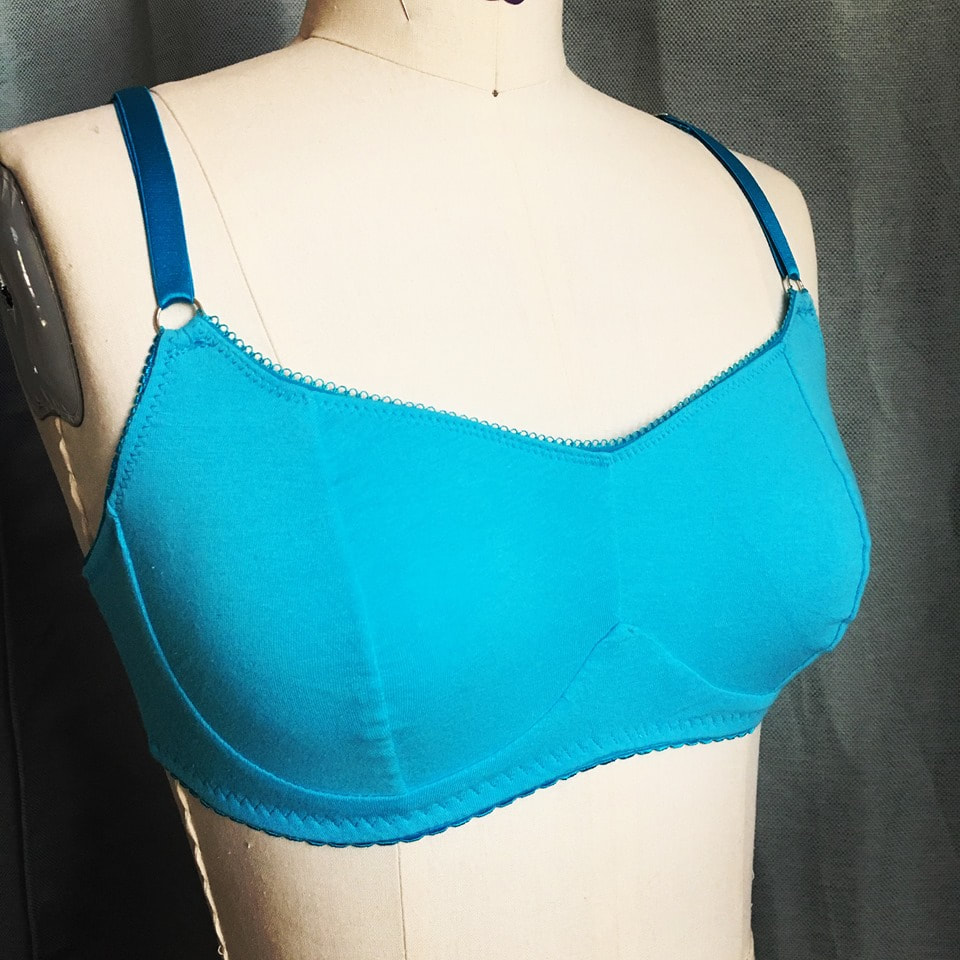
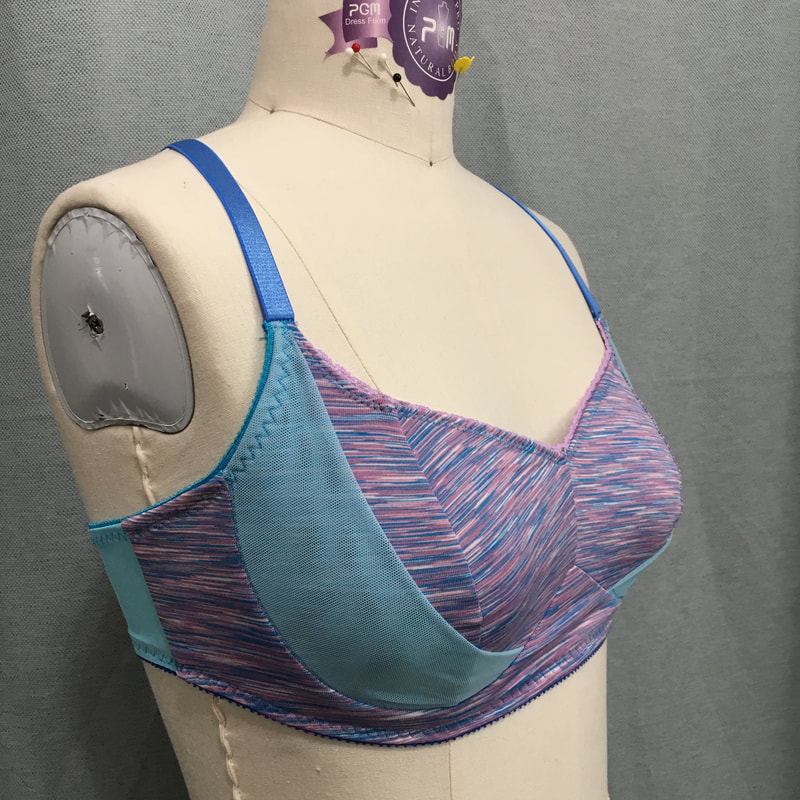
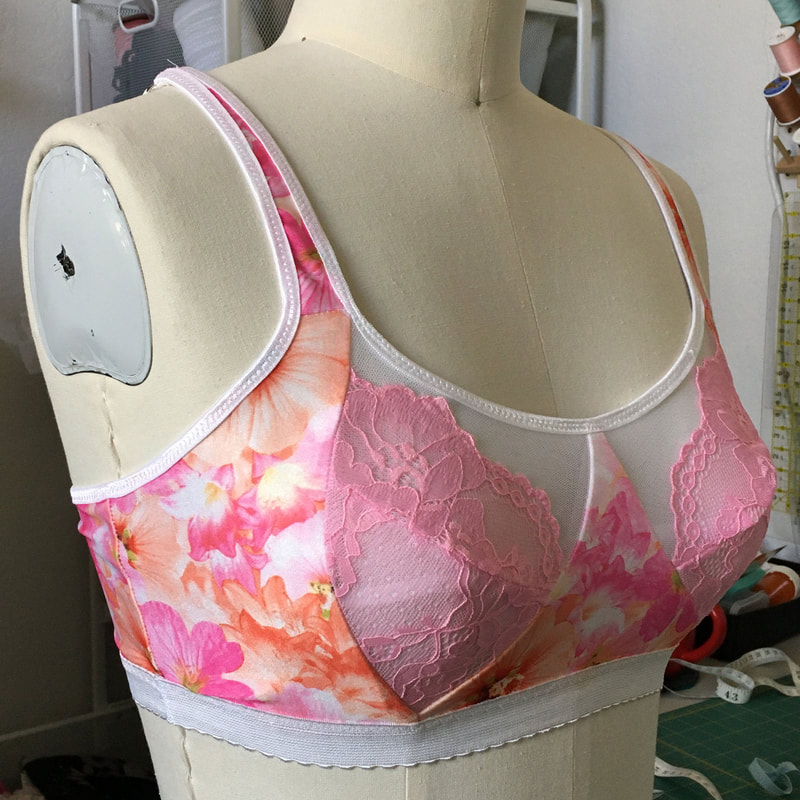

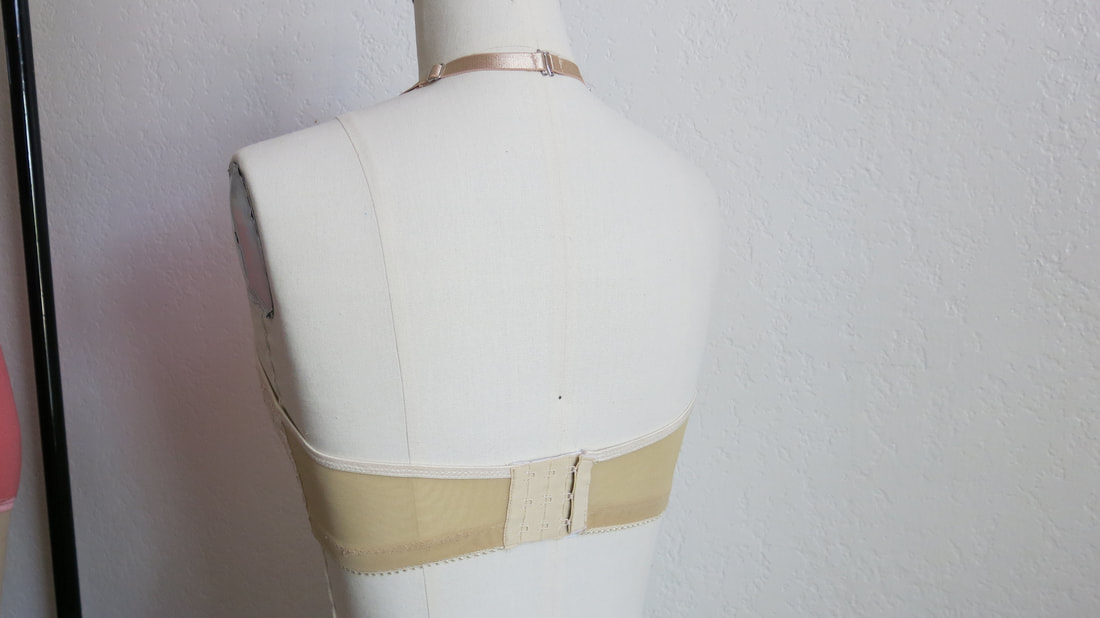
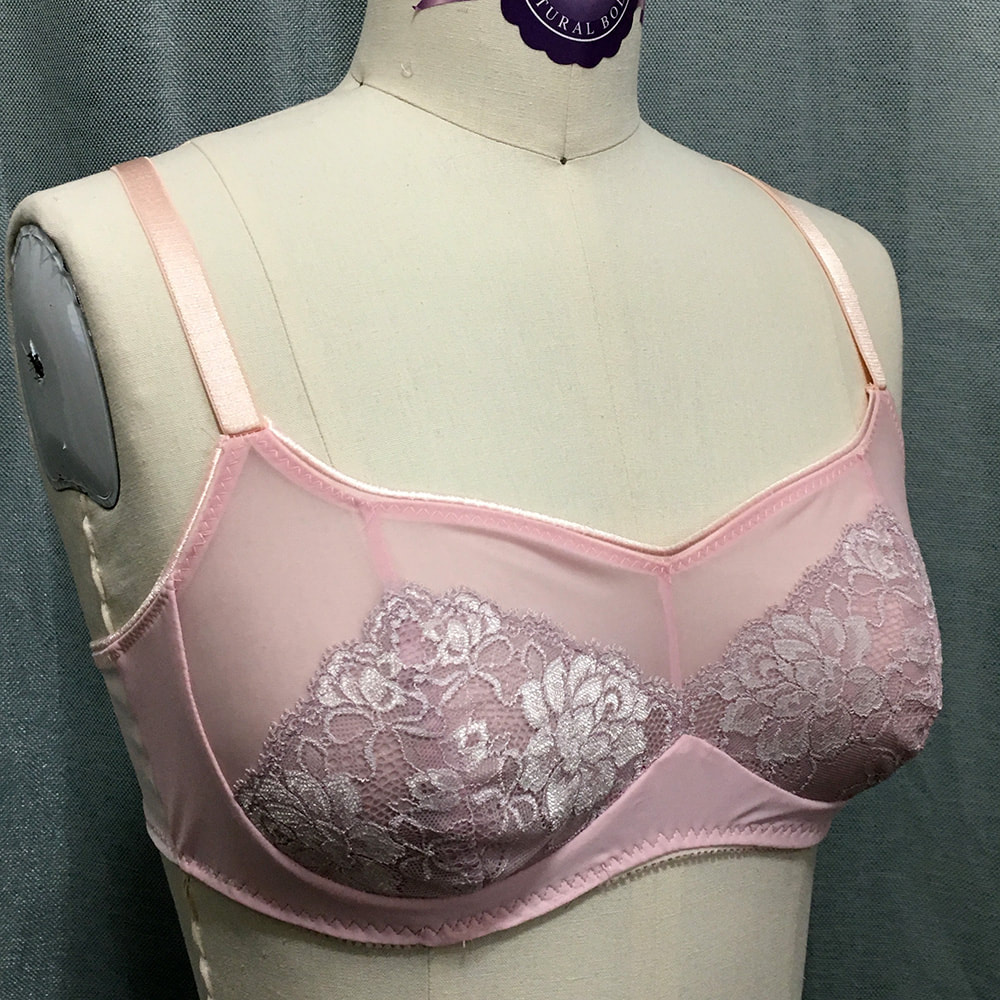
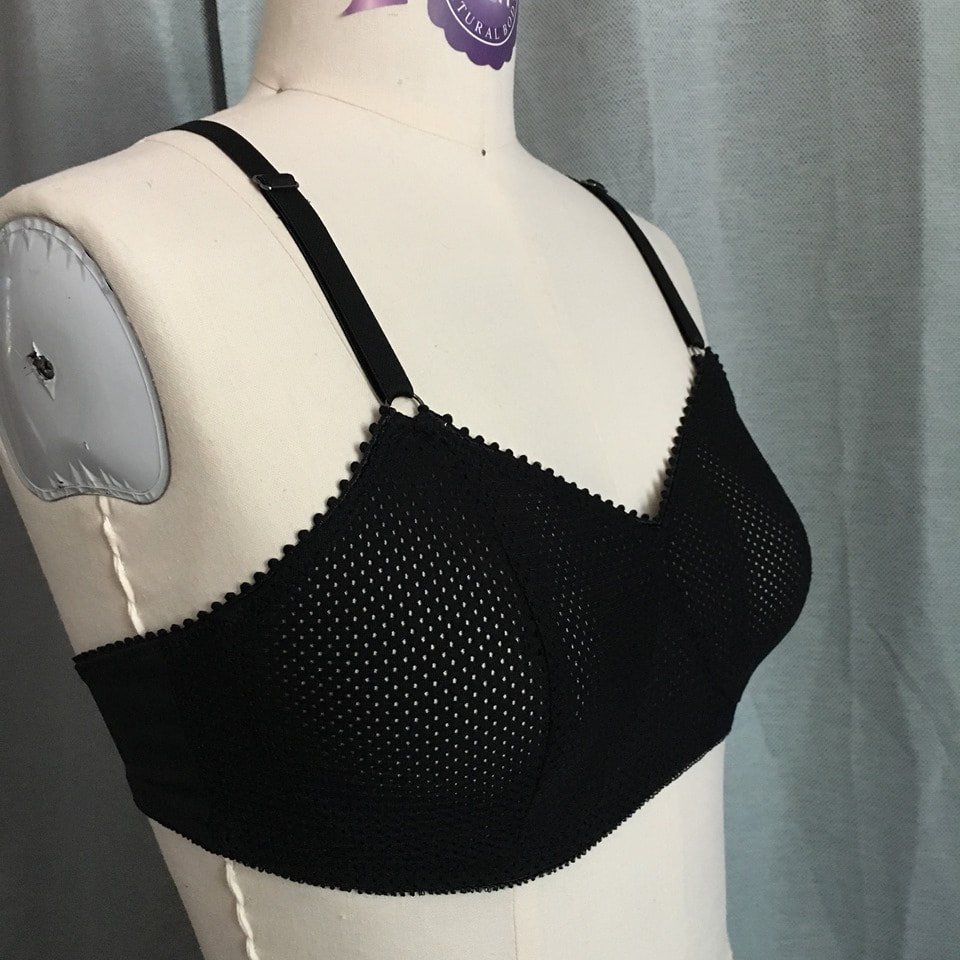
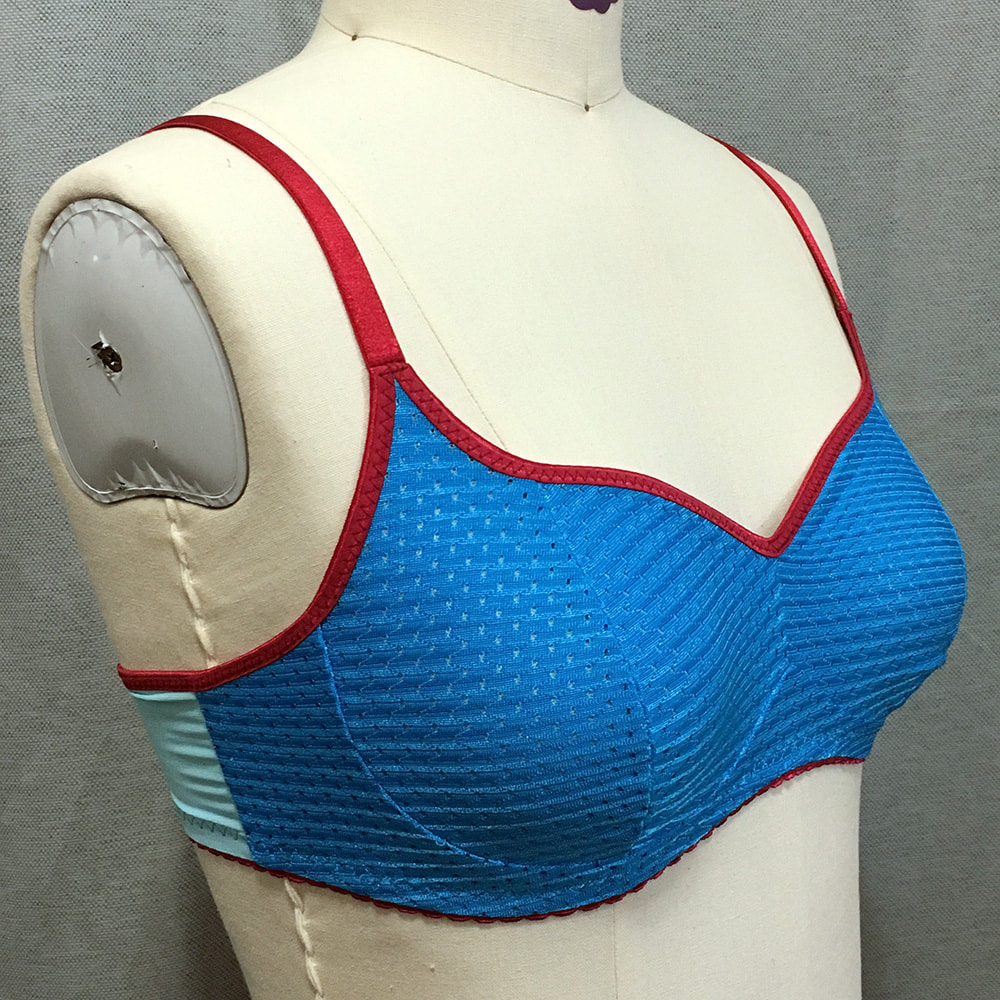
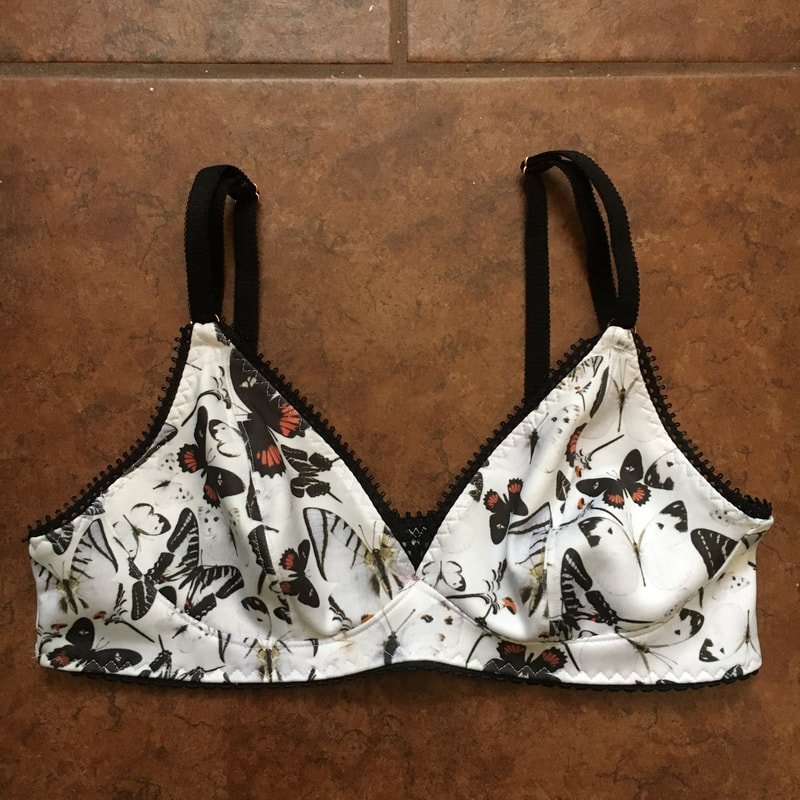
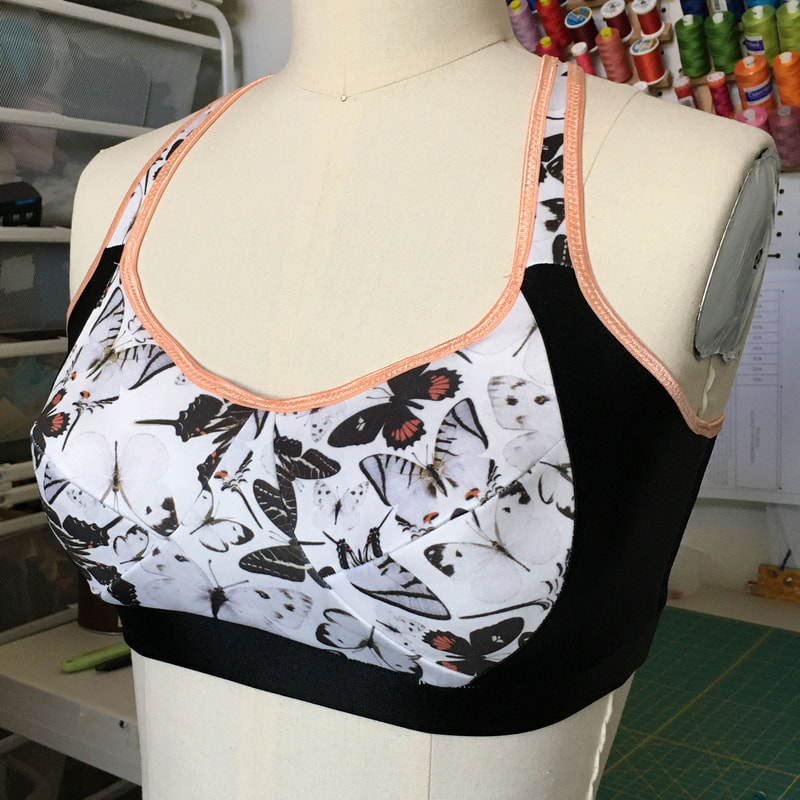

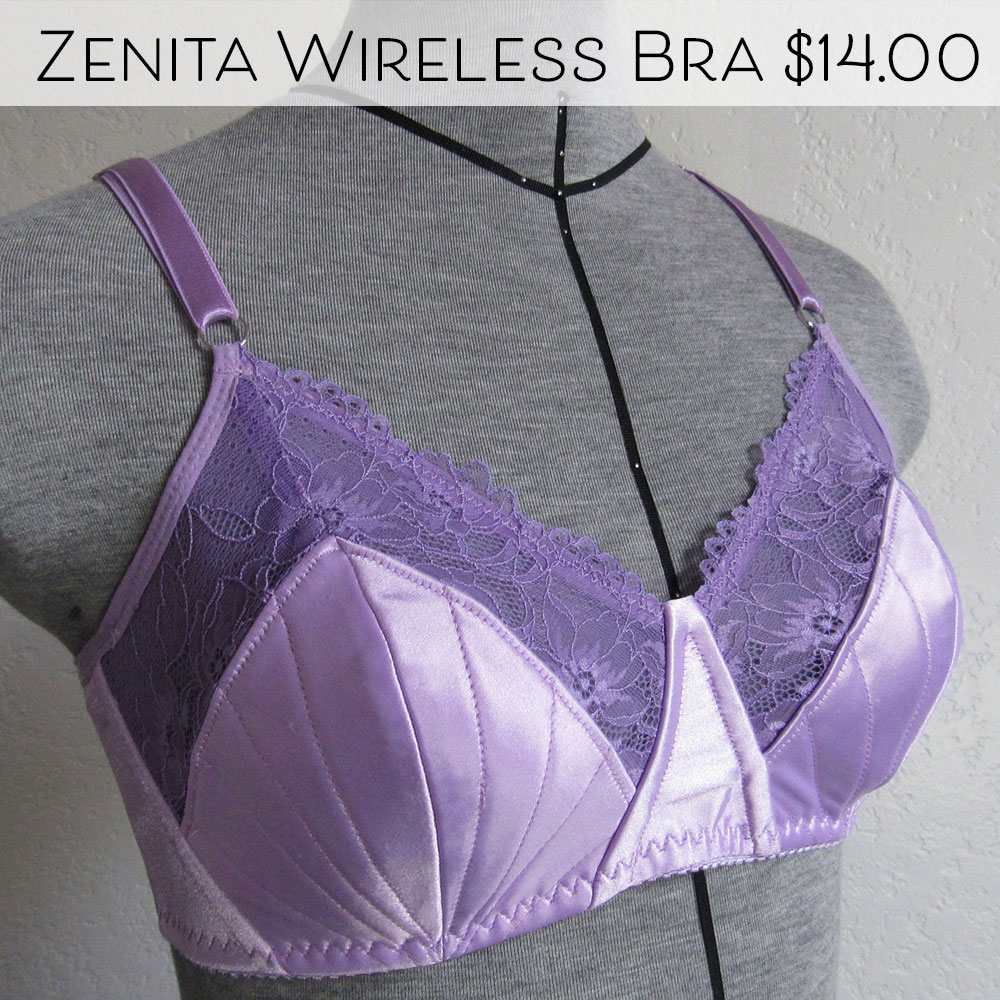
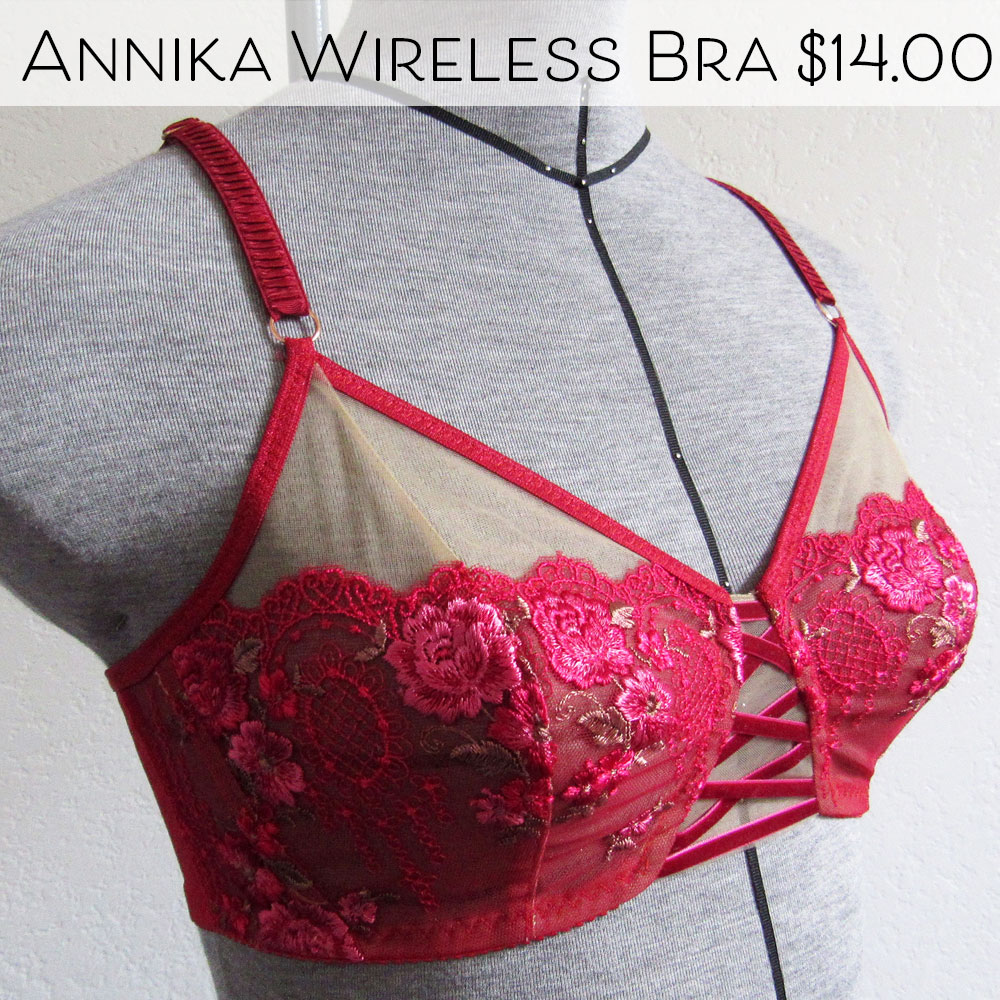
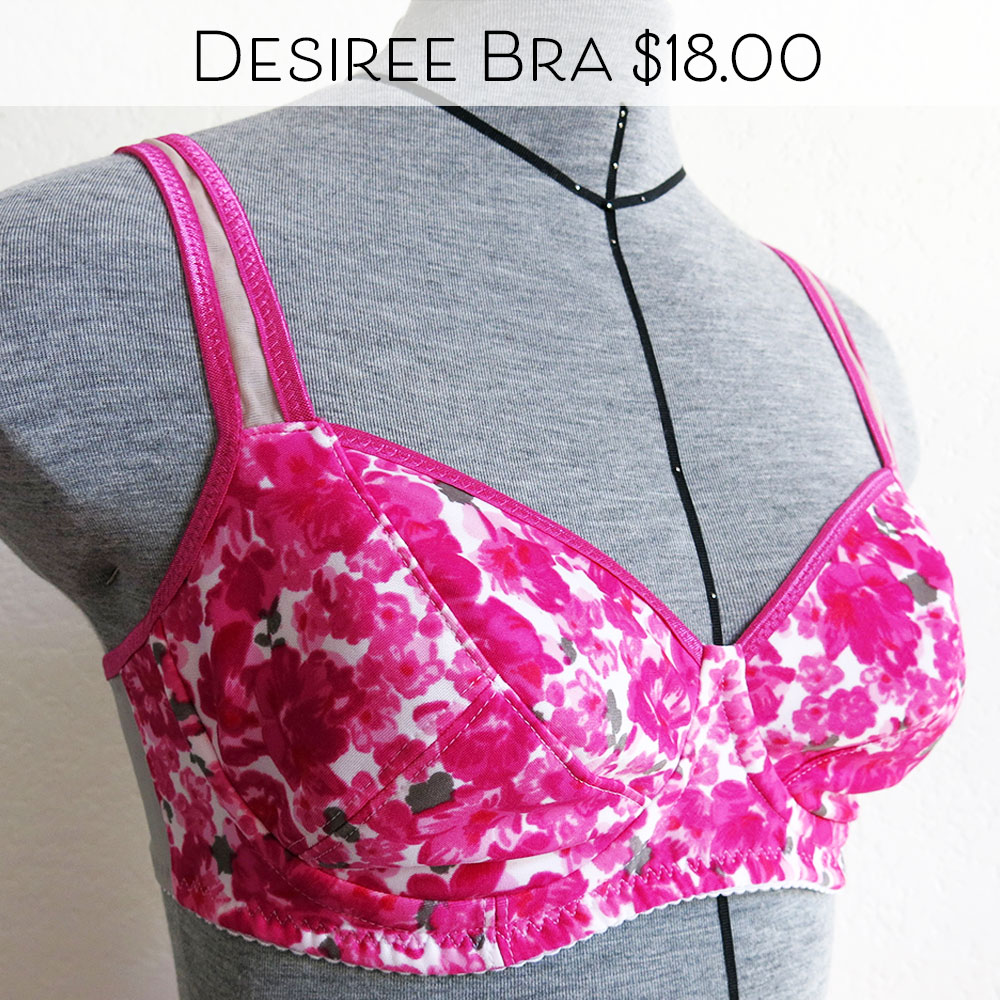
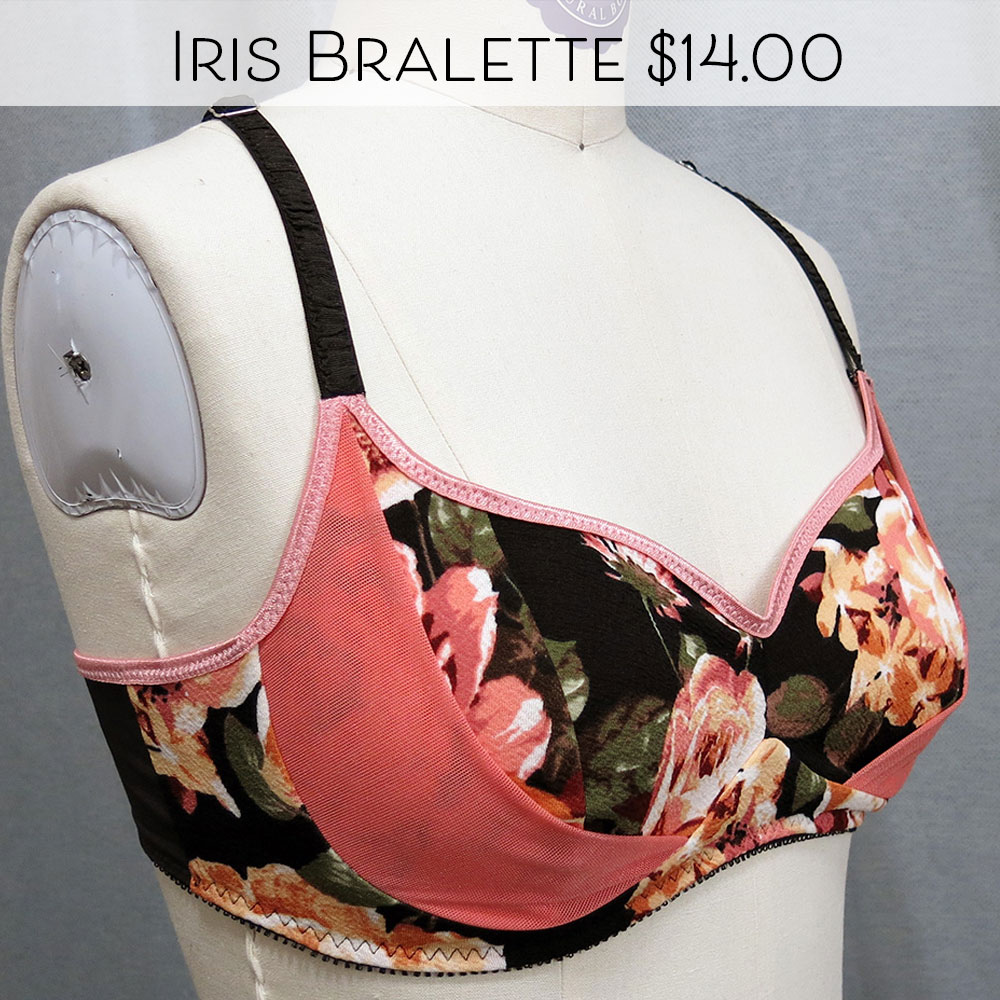
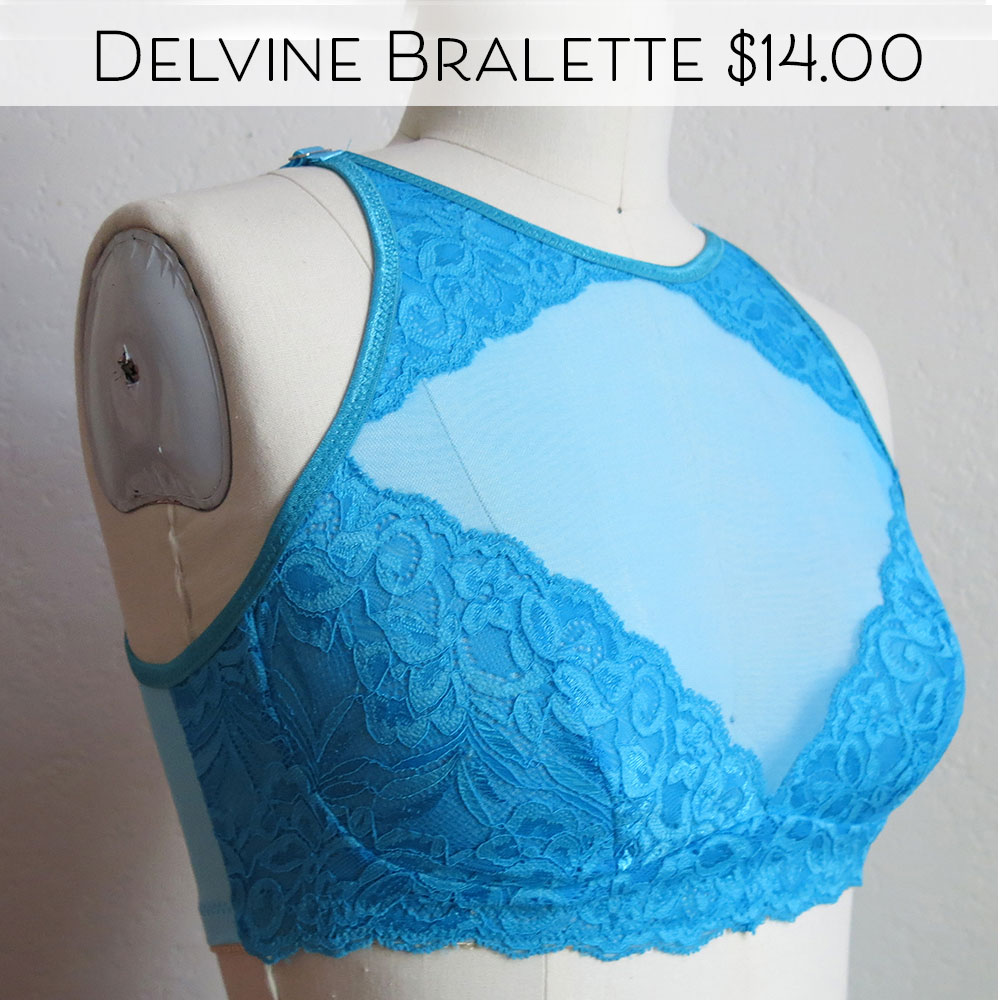
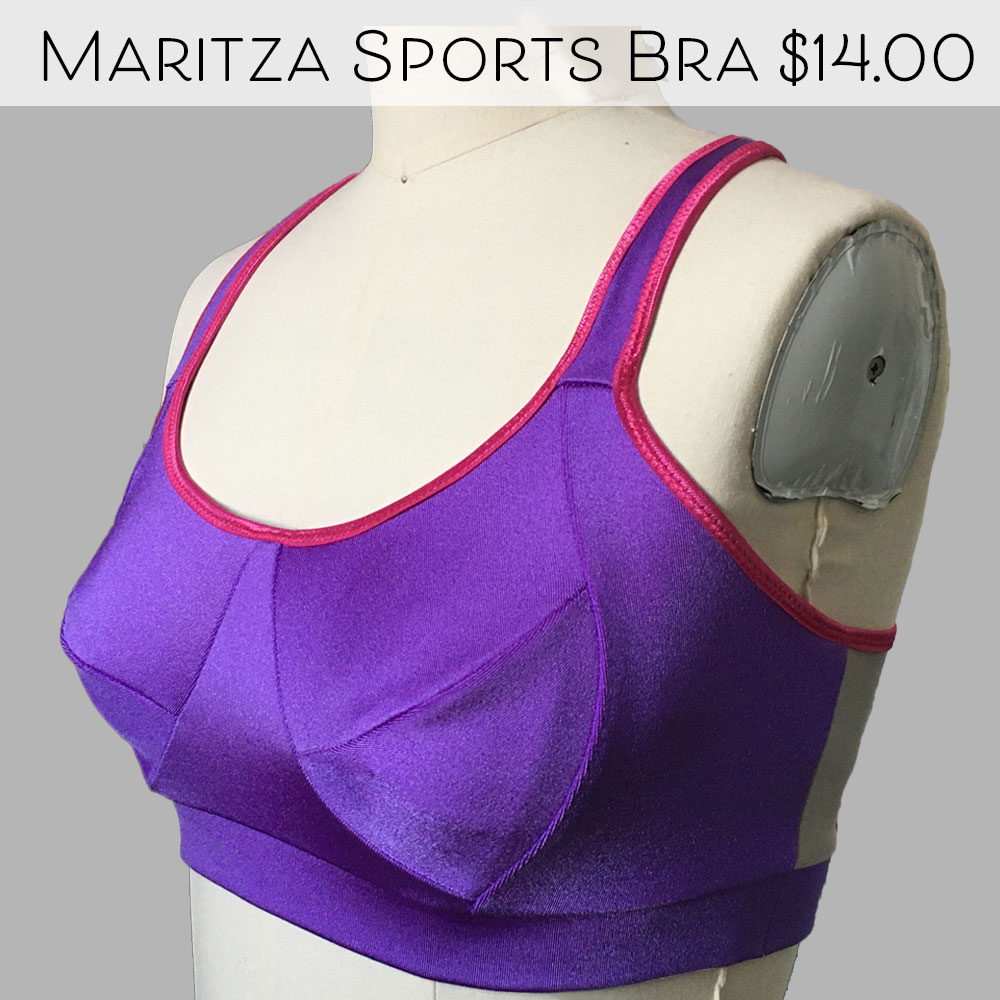
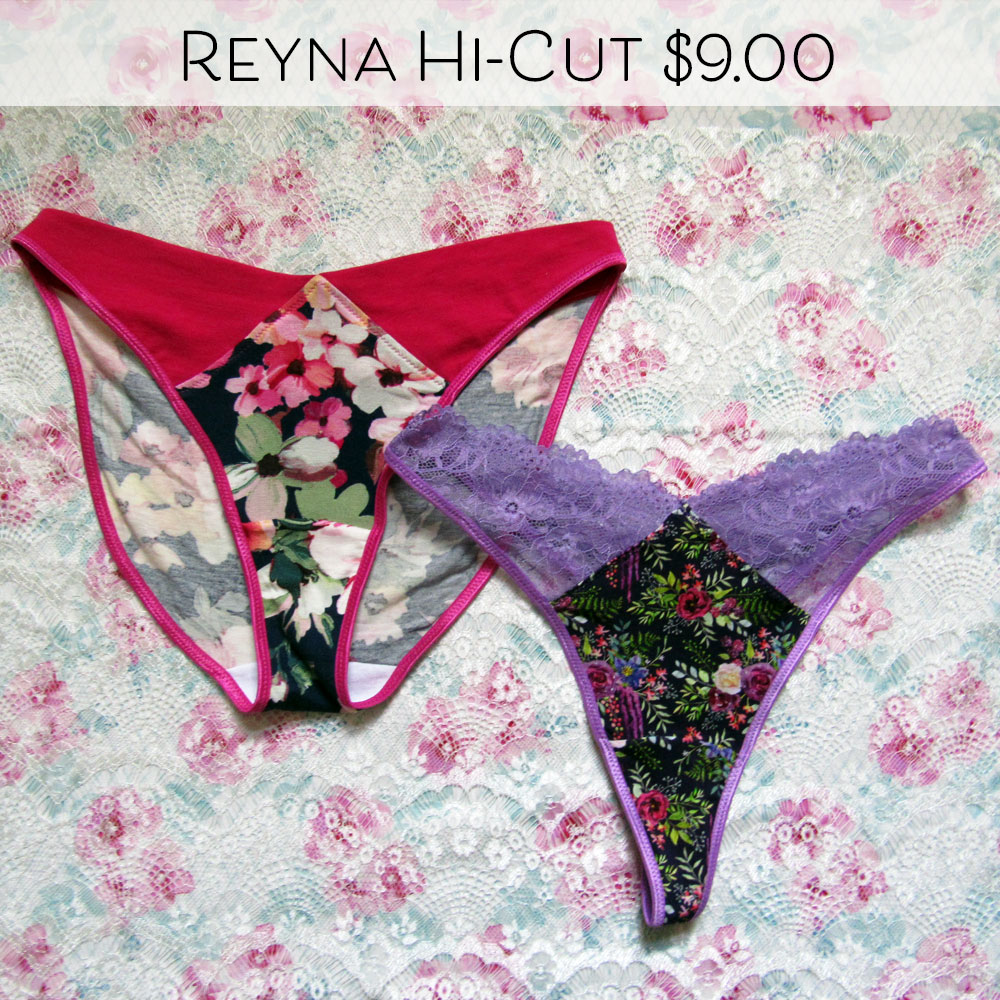
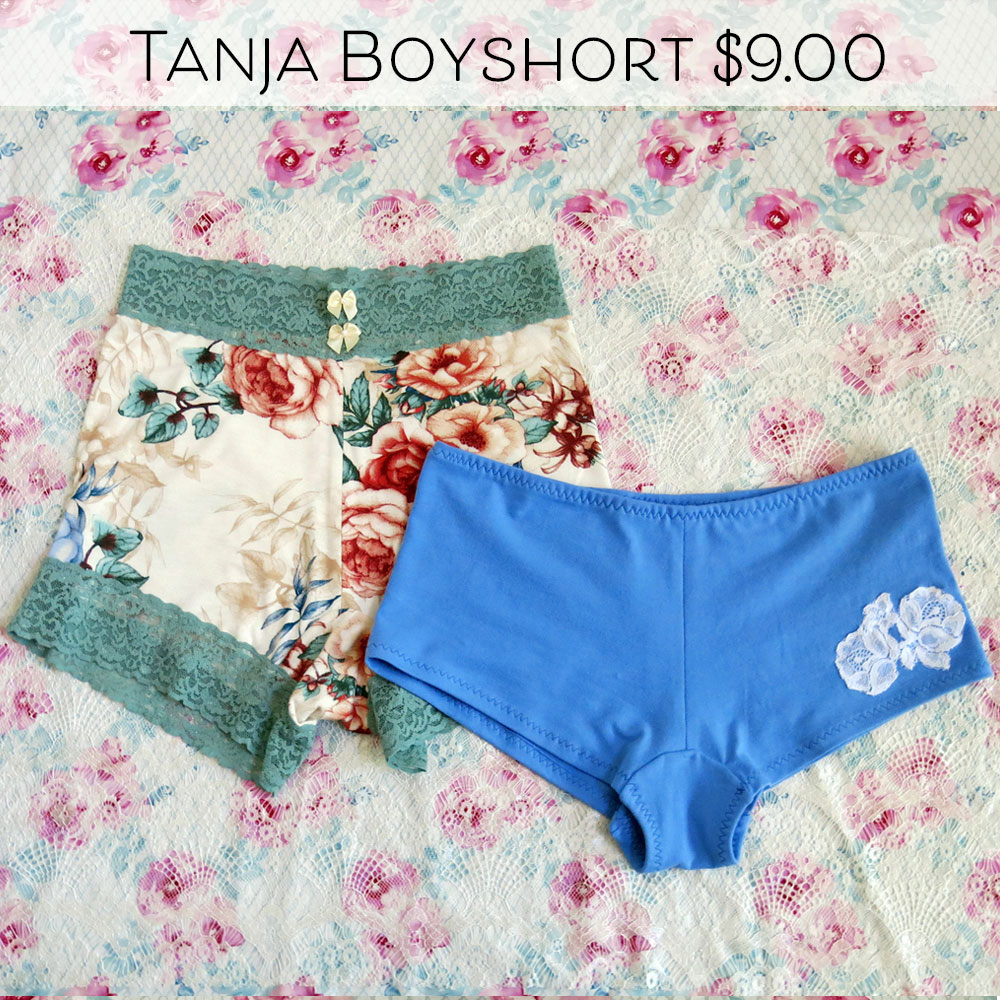
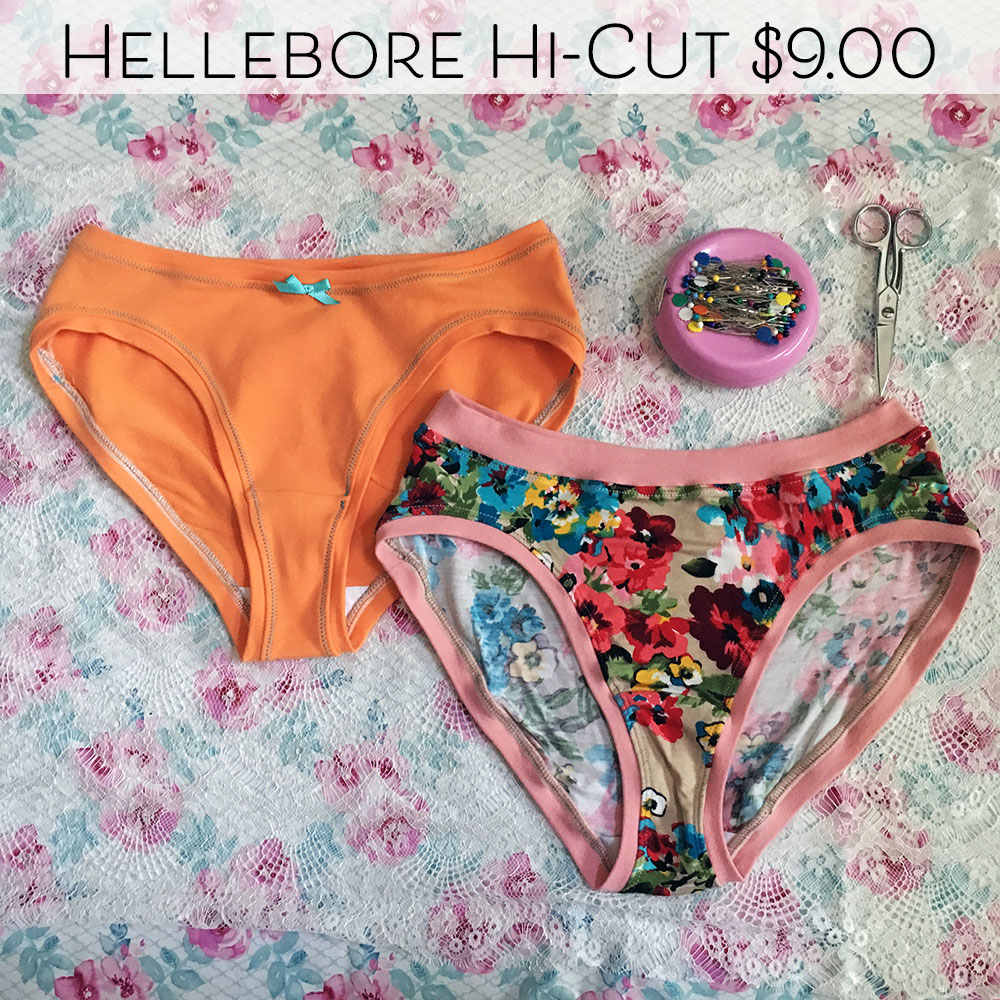
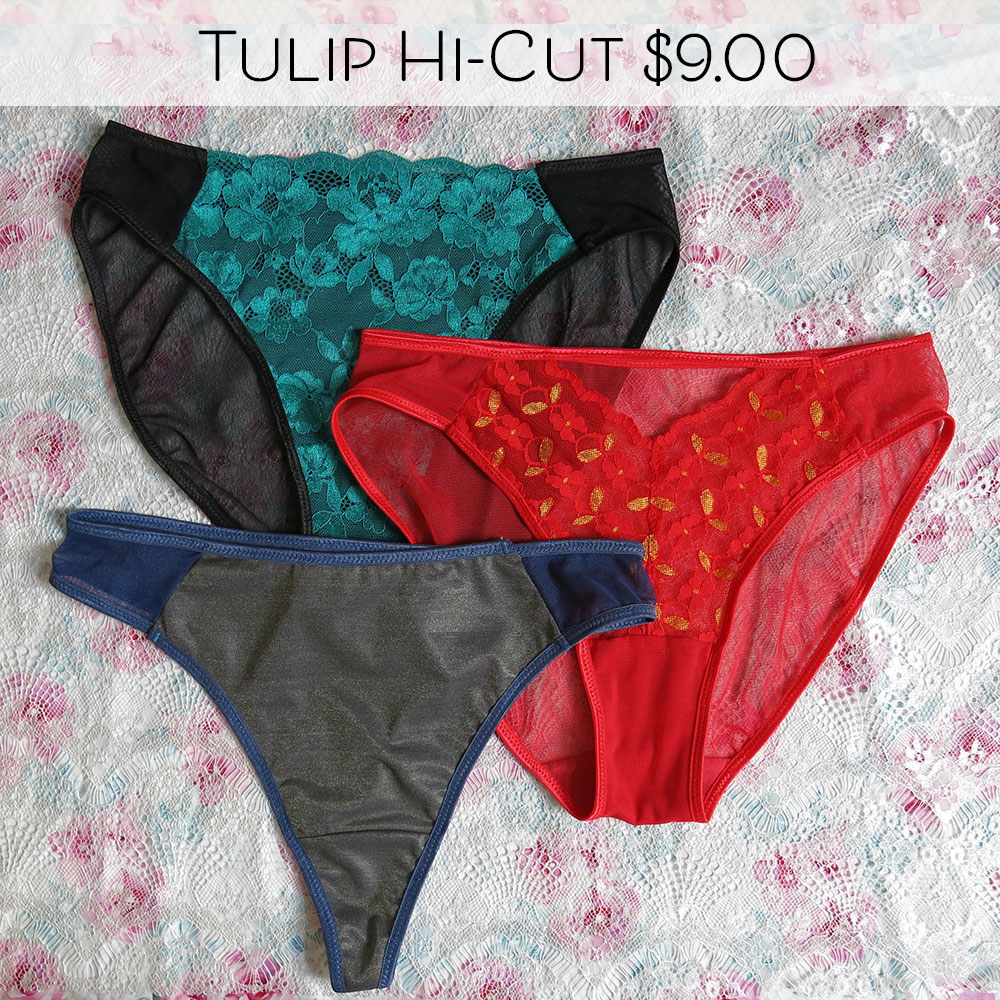
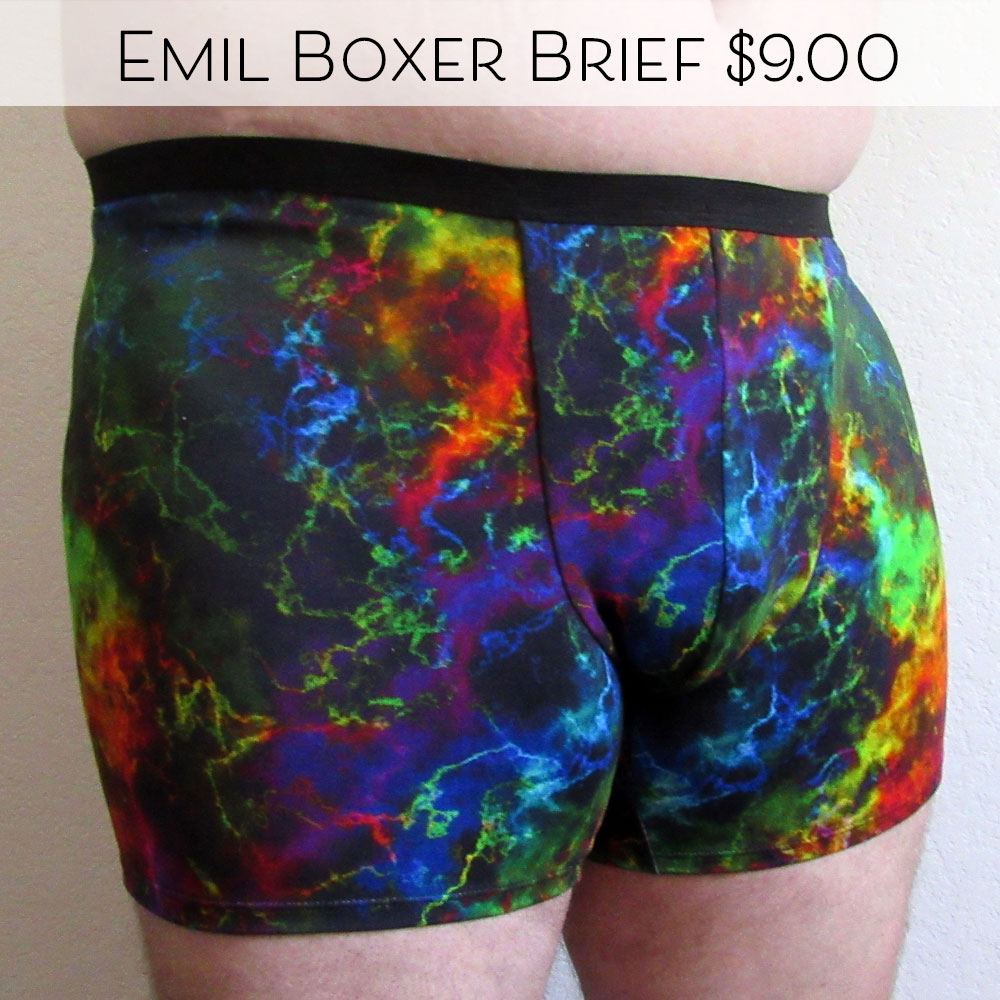
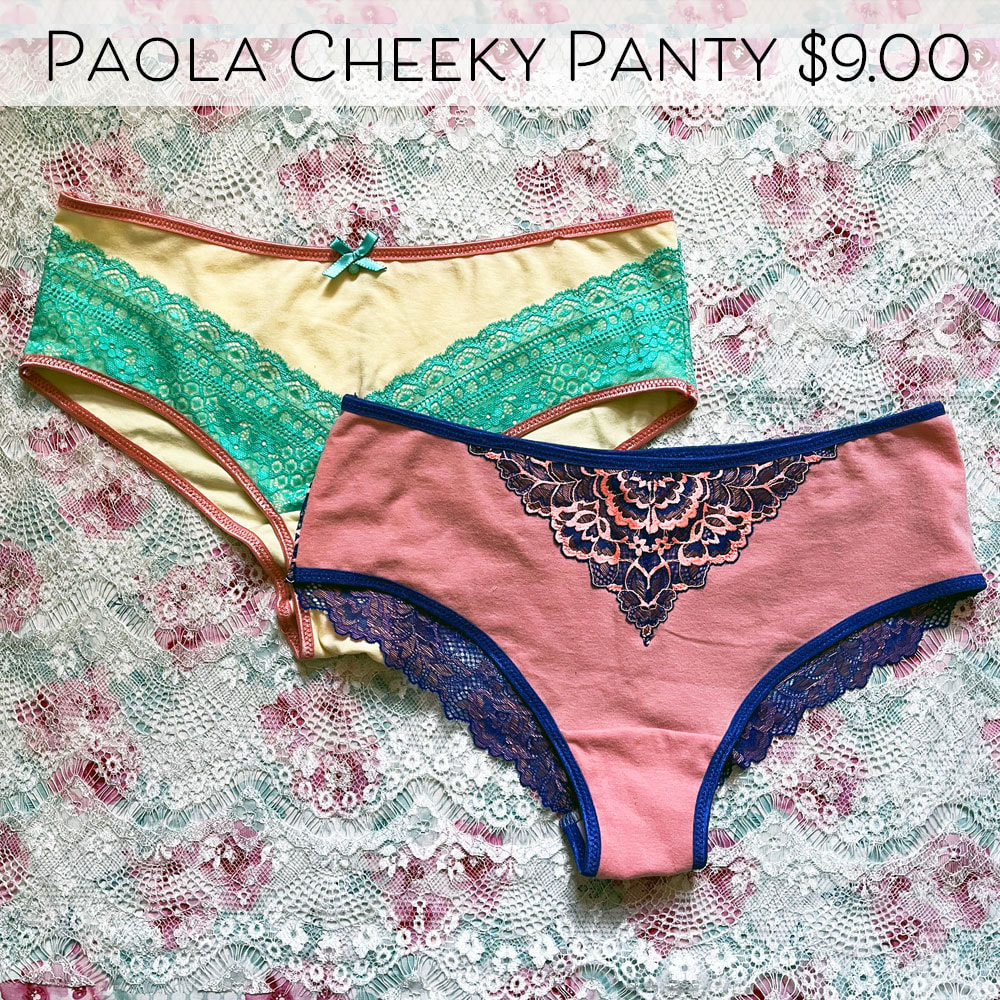
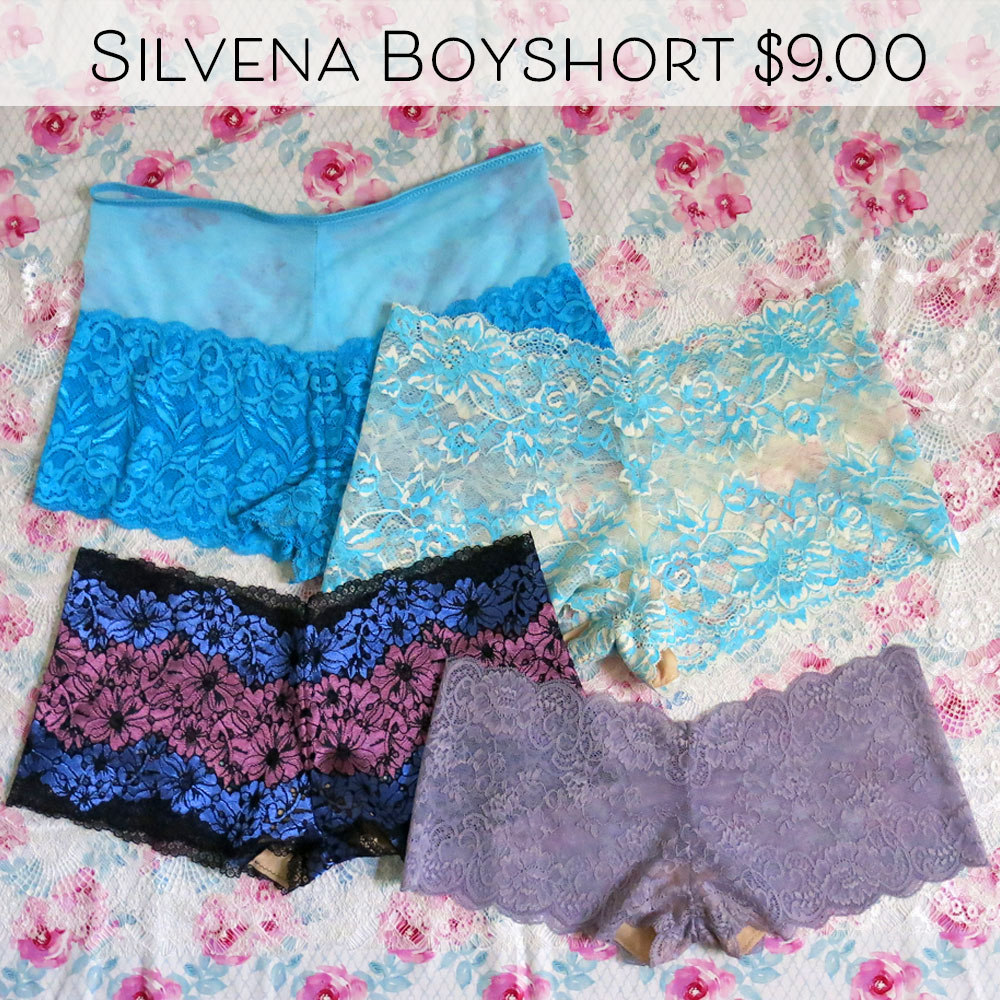
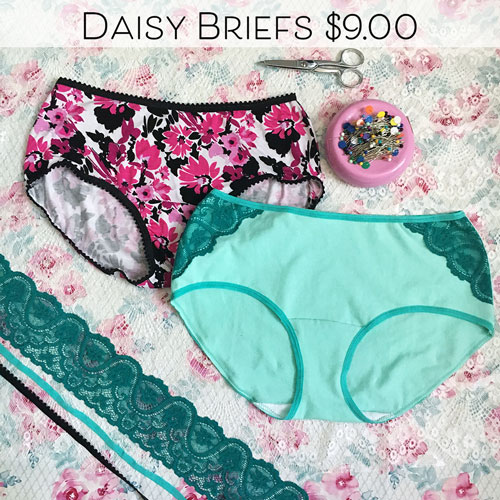
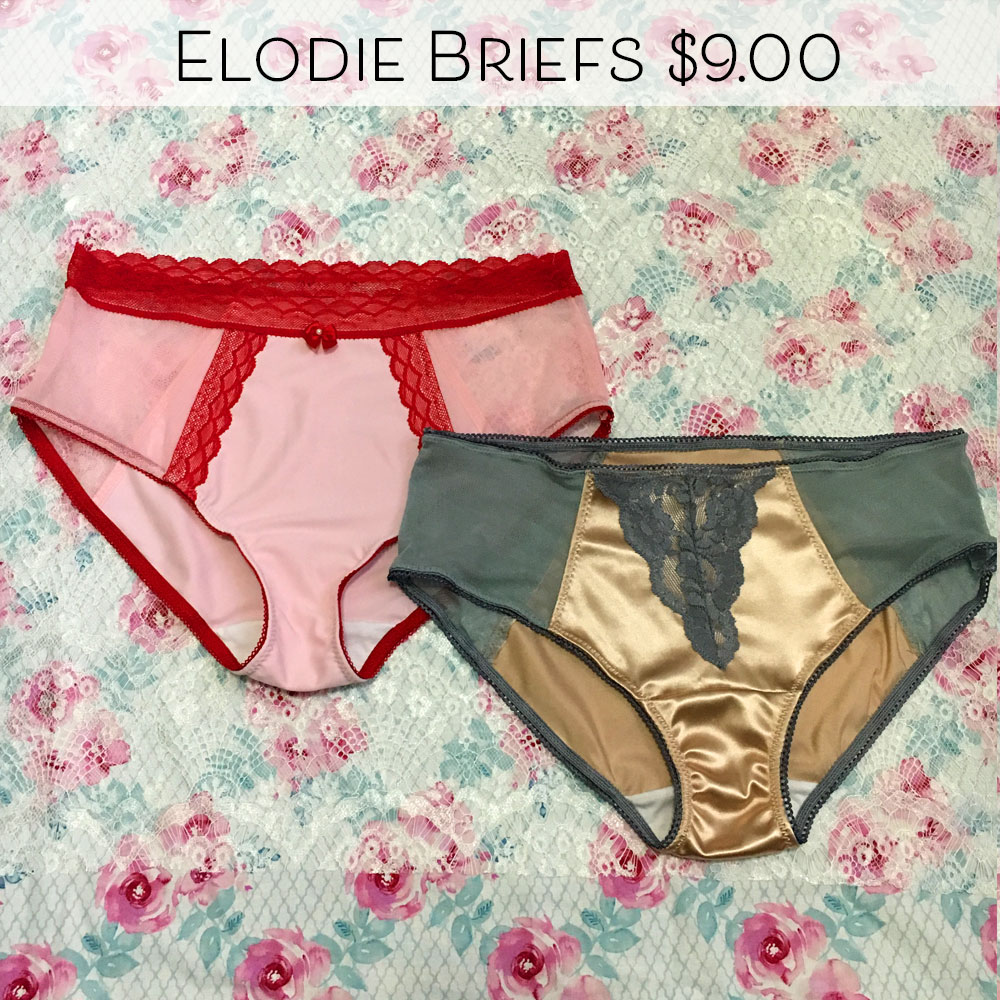
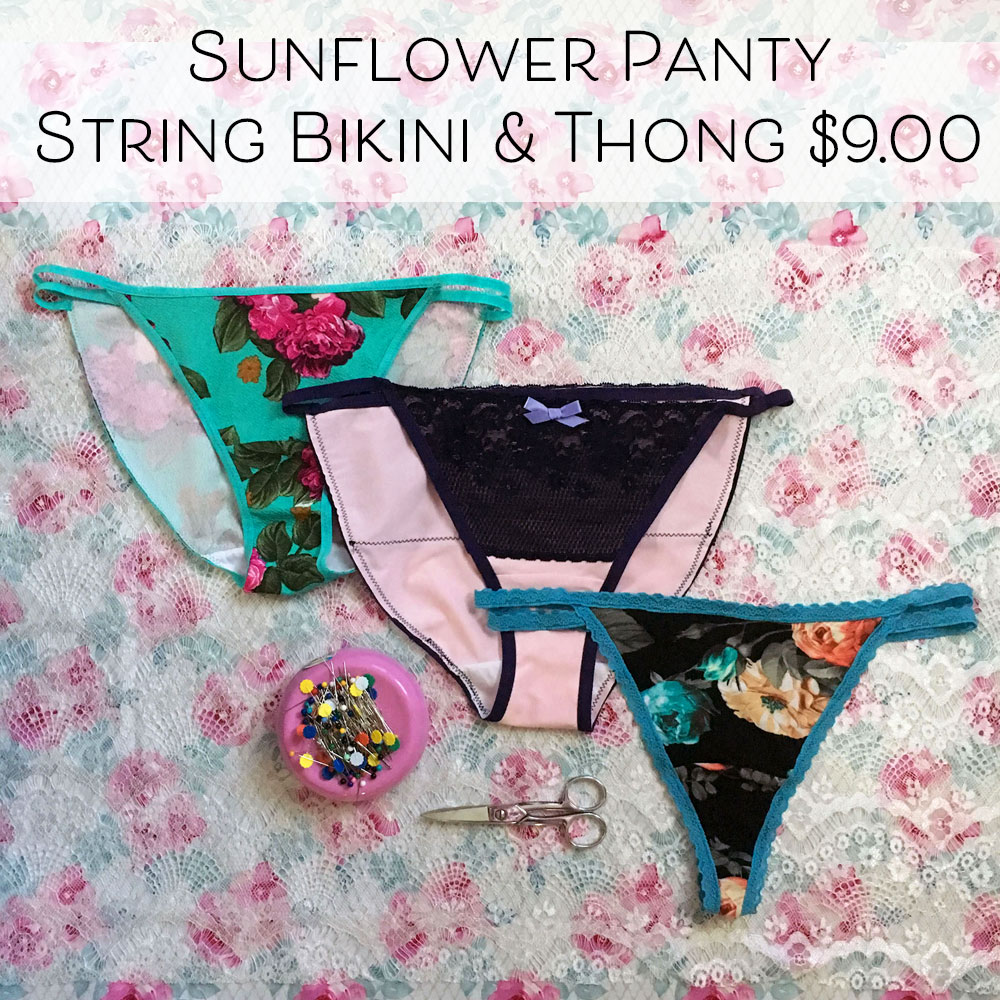
 RSS Feed
RSS Feed